5. Los Olvidados (1950)
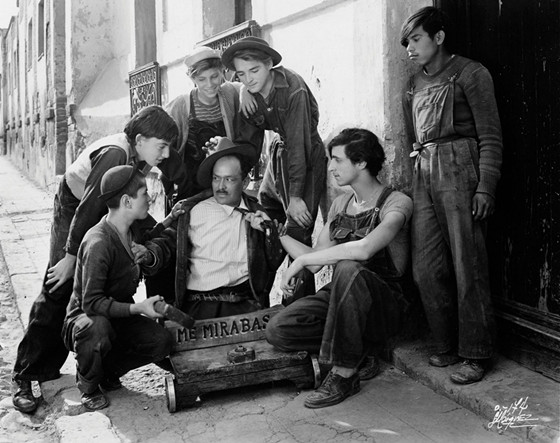
Probably the most famous of the films that Luis Buñuel directed in Mexico, and one of the most revered Mexican films in history, this is a portrait of the vulnerable and cruel youths of the great cities. The word ‘olvidados’ stands for “the forgotten” in Spanish, and is a great title to refer to these boys who are alone against the harshness of the world and their own cruelty, which slowly starts to take their lives.
Gubern describes the film as a “piercing scream before the problem of miserable and criminal childhood that flourishes as poisonous plant within the great cities, and futility of the ‘good feelings’ pedagogy to solve the problem.” Indeed, this is a very pessimistic film in which the sinister characters lead each other to death and corruption, and it displays some of the cruelest child characters in film history.
4. Chinatown (1974)
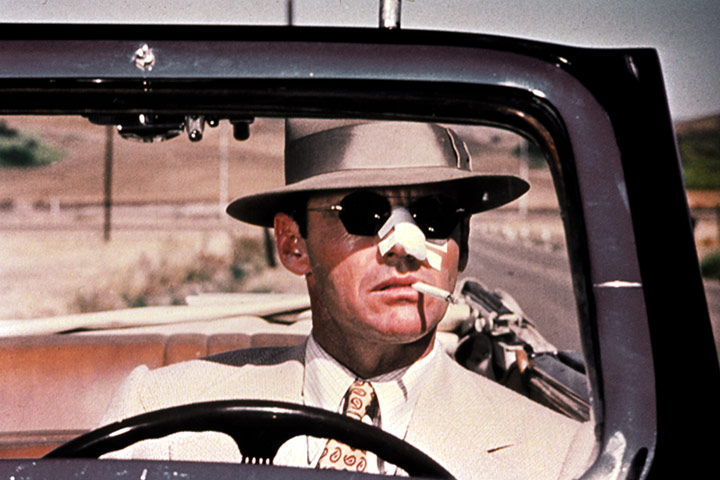
Directed by Roman Polanski, this film is crafted within the frame of classic noir films; it starts with a man (Jack Nicholson) who receives the visit of a woman (Faye Dunaway), who gives him a mission that leads him to a greater conspiracy. Even though neo-noir films are generally dark, “Chinatown” goes even further and delivers an ending that is extremely powerful and depressing.
The private detective finds out about a conspiracy that involves the whole city and develops an emotional bound with the woman, and it is with this subject that the film reveals its pessimistic viewpoint.
Toward the end, the man losses the woman, and discovers his inability to change the course of the conspiracy even though he knows the truth. This knowledge just makes the existence of the detective harder, since he is not able to change or even tell the sinister nature of the city in which he lives.
3. Germany, Year Zero (1948)
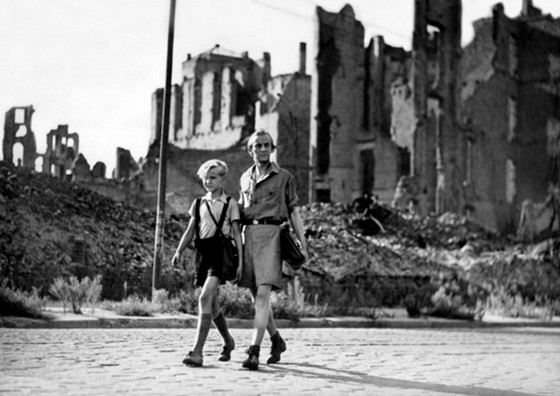
Directed within Italian neorealism by Roberto Rossellini, this is probably the harshest film in a movement that was full of socially critical and pessimistic films. It has one of the most shocking and crudest endings in film history, involving the suicide of an infant.
This film was the last of Rossellini trilogy on the effect of war on society; the other two films were “Rome, Open City” (1945) and “Paisa” (1946), all of them pessimistic, but “Germany, Year Zero” is the harshest, with an adolescent as the main character.
The tragedy of the adolescent is made even more pessimistic with the documentary-like style of Italian neorealism, which, instead of hiding the dark side of humanity, it wanted to put the focus on it. It is with this style that one of the darkest speeches is given to the main character, when a grown man tells him that he must forget sentimentalism and “take life for what it is,” and accept that “the strong must sacrifice the weak.”
2. The White Ribbon (2009)
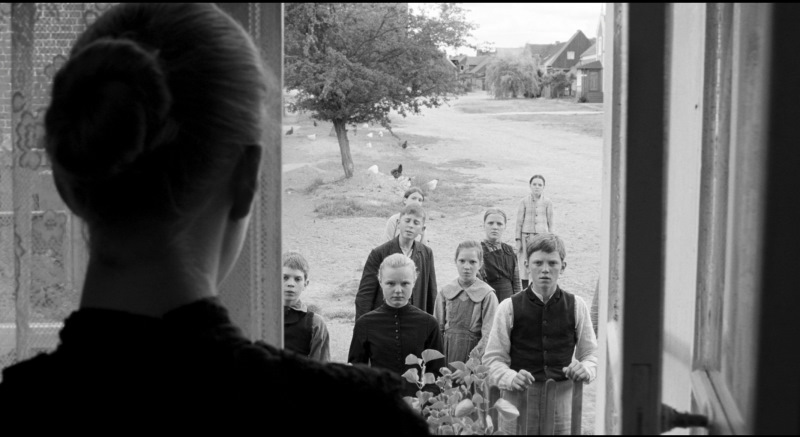
Austrian director and declared admirer of Robert Bresson, Michael Haneke writes and directs his film with the seriousness and pessimism characteristic of the French director, and perhaps with an even more critical eye toward society. Famous for the presence of violence in his films, Haneke created a portrait of a rural German community before the start of the World War I,, in which strange and violent crimes are committed and no responsible person is found.
The film is crafted with a very modern and precise language in which classic elements, such as the presence of a narrator, are used consciously to create expectations with the viewer.
The film opens with a narrator who explains that the events that we are about to see are important to understand the fate of the world during the rest of the century. As the film goes on, we are constantly expecting at least an explanation of the crimes, but instead, Haneke provides us a portrait of the community in which a collective responsibility is implied.
1. Lancelot of the Lake (1974)
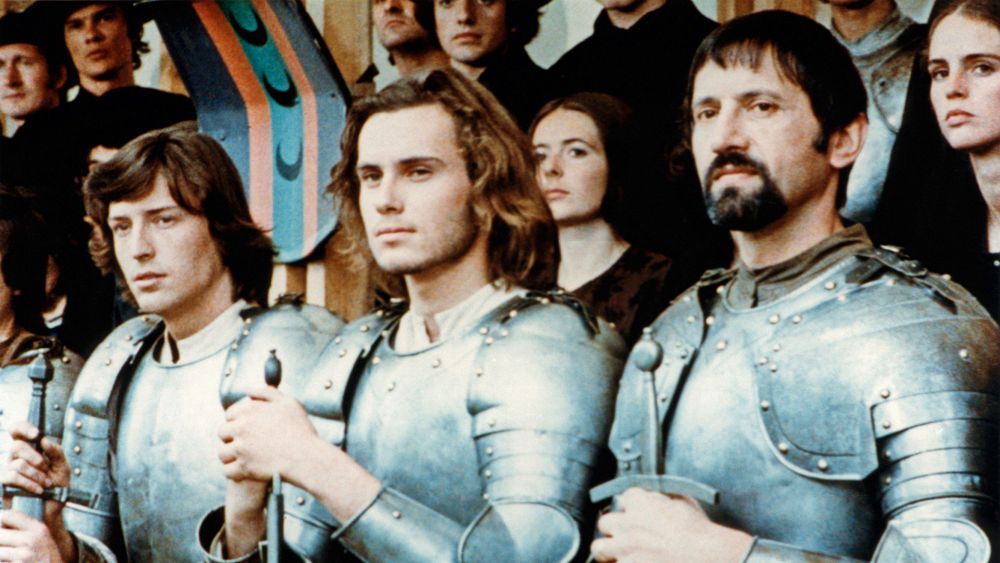
Written and directed by French filmmaker Robert Bresson, this film is a retelling of the Arthurian Legends in which Lancelot, the favorite of the Knights of the Round Table, and Guinevere, the wife of King Arthur, have an affair while the enemies of Camelot, led by Mordred, put the days of glory to an end. Bresson retold this classic story with his very distinctive style of reduced expressive elements and great character complexity.
It is hard to pick only one of Bresson’s films for this list since almost all of his film are profoundly pessimistic; take, for example, the shocking “Au Hasard Balthazar,” in which we see the fates of two characters who just can’t seem to face the cruelty of the world. But what makes “Lancelot of the Lake” go even further is that it displays this fatalism within a tale, and characters that were before icons of hope and virtue. Bresson strips away all the fantasy of the legend and tells it in a realistic way in which the destruction of Camelot does not acquire any kind of sense or justification.